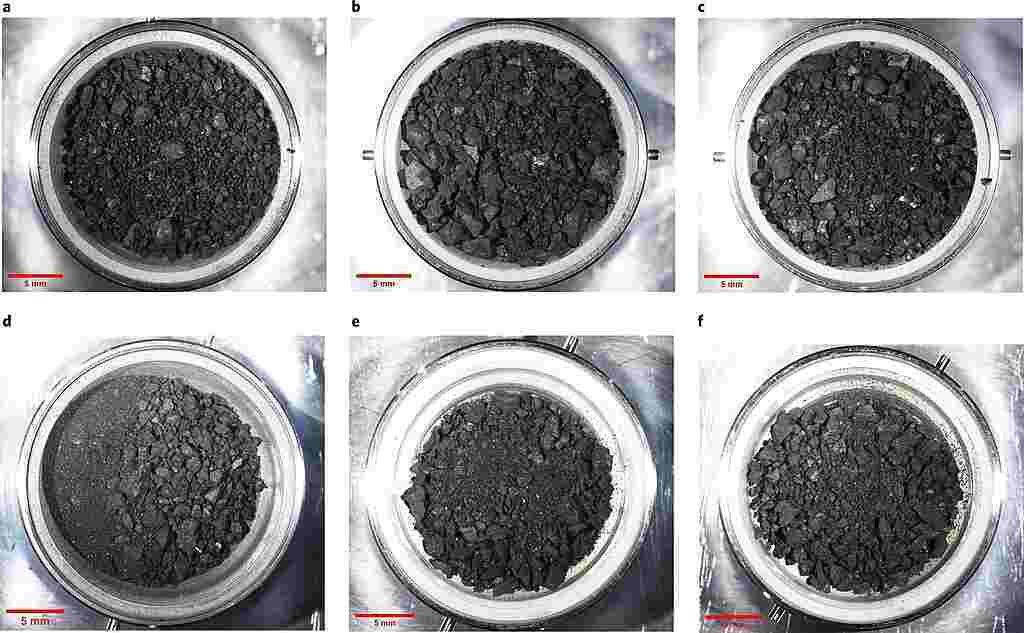Planck Constant
Planck constant = 6.62607015 × 10-34 m2 kg / s
Planck’s constant (symbol h), is a fundamental physical constant that characterizes the quantization of nature. Its exact value is extremely small in units of the International System.
Planck constant formula
E=h.f
E = energy
h = Planck constant
f = frequency
Max Planck and quantum theory
The physicist Max Planck made a very great contribution to quantum theory; he discovered the value of a constant which will bear his name and which expresses the minimum energy threshold that can be measured on a particle.
Quantum theory is the name given to a physical theory that attempts to model the behavior of energy on a very small scale using quanta (plural of the Latin term quantum), discontinuous quantities. Known in English as the “old quantum theory”, its introduction upset several received ideas in physics of the time, at the beginning of the 20th century. It served as a bridge between classical physics and quantum physics, whose cornerstone, quantum mechanics, was born in 1925.
It was initiated by Max Planck in 1900, then developed mainly by Albert Einstein, Niels Bohr, Arnold Sommerfeld, Hendrik Anthony Kramers, Werner Heisenberg, Wolfgang Pauli and Louis de Broglie between 1905 and 1924.
Planck Time = 10−44 seconds
It is the smallest measurement of time to which we can have access, beyond this limit the laws of physics cease to be valid.
And here is another one: The Planck Length = 10-33 centimeters.
This length tells us the boundary between our world and the quantum realm; at such small scales, space becomes a kind of quantum bubbling in which virtual particles can emerge from the void and immediately disintegrate.
Read also: hbar plays a central role in quantum mechanical physics (H with stroke)
Planck’s Law
Black bodies and black holes, surprisingly, the relationship between the two is as close as their names suggest, and in a way that none of those who coined those names could have foreseen. But what does this enigmatic word cover, the black body, and why does it occupy a central position in the physics of the last century and in that emerging today?
Planck’s law defines the spectral radiance distribution of thermal black body radiation at thermal equilibrium as a function of its thermodynamic temperature. The law is named after the German physicist Max Planck, who formulated it in 1900. It is a pioneering result of modern physics and quantum theory.
The solution he found to obtain the true law of distribution of energy with frequency for thermal radiation actually owes much to the methods of Boltzmann and his statistical mechanics. To be convinced of this, it suffices to know that during a conversation in 1891, between Planck and Ostwald on the one hand and Boltzmann on the other, the latter, refusing to consider that thermodynamics without the atomic hypothesis was superior to statistical thermodynamics, replied “I don’t see why energy couldn’t also be in atomic form”.
Planck’s Law formula
| = | spectral radiance of a body | |
| = | frequency | |
| = | absolute temperature | |
| = | Boltzmann constant | |
| = | Planck constant | |
| = | speed of light in the medium |
Relationships with other fundamental constants
Planck’s constant is related to other physical constants such as those listed in the below table:
| First nameconstant | Elemental charge | Mass of the electron | Constant d’Avogadro | Bohr magneton | Nuclear magneton |
|---|---|---|---|---|---|
| relationshipwith h |
where:
- alpha , is the fine structure constant , 7.297 352 5698(24) × 10 –3 .
- mu , is the vacuum magnetic permeability , 4π × 10 –7 N/A² (exact).
- , is the speed of light in a vacuum, 299 792 458 m/s (exact).
- R infity , is the Rydberg constant , 10 973 731.568 539(55) m –1 .
- , is the molar mass constant defined as 0.001 kg/mol
- , is the relative molar mass of the electron, 5.485 799 0946(22) × 10 –4 .
- , is the relative molar mass of the proton, 1.007 276 466812(90).
Basic units
From these five base constants, whose value in the unit system is set “by definition” equal to unity, it is possible to redefine the five fundamental units of a unit system. The formulas for passing from one to the other follow directly from the equations with the corresponding dimensions. The “fundamental dimensions” are mass M, length L, time T, temperature Θ, and electric charge Q.
- [G] = M−1 L3 T−2
- [h] = M L2 T−1
- [c] = L T−1
- [kB] = M L2 T−2 Θ−1
- [kC] = M L3 T−2 Q−2
The Planck units are then defined as follows:
| Name | Dimension | Formulas | Approximate value (in SI units) |
|---|---|---|---|
| Planck length | length (L) | 1,616 × 10−35 m | |
| Planck mass | mass (M) | 2,177 × 10−8 kg | |
| Planck time | time (T) | 5,391 × 10−44 s | |
| Planck temperature | temperature (Θ) | 1,416 833 139 × 1032 K | |
| Planck charge | electrical charge (Q) | 1,875 × 10−18 C (coulomb) |
Conversely, constants in physics can be expressed simply using Planck’s base units:
Elemental charge is related to Planck charge
The Planck load was not originally defined or proposed by Planck. It is a unit of charge that has been defined in the same way as other Planck units and is used by physicists in some publications. Elemental charge is related to Planck charge in the following way:
or is the fine structure constant:
Planck’s charge is therefore approximately 11.7 times the charge of the electron.
Derived units
From the basic units it is of course possible to define any physical unit. The actually interesting derived units are those that will have a physical meaning in terms of maximum or minimum reachable by a certain entity.
| Nom | Dimension | Formulas | Approximate value (in SI units) |
|---|---|---|---|
| Planck’s force | force (M L T-2) | 1,210 × 1044 N | |
| Planck energy | energy(M L2 T-2) | 1019 GeV = 1,956 × 109 J | |
| Planck power | power (M L2 T-3) | 3,629 × 1052 W | |
| Planck momentum | quantity momentum (M L T-1) | 6.5 N.s | |
| Planck density | density (M L-3) | 5,1 × 1096 kg/m3 | |
| Planck frequency | frequency (T-1) | 1,855 × 1043 rad/s | |
| Planck pressure | pressure(M L-1 T-2) | 4,635 × 10113 Pa | |
| Planck current | electric current (Q T-1) | 3,479 × 1025 A | |
| Planck voltage tenstion | voltage (M L2 T-2 Q-1) | 10 432 × 1027 V | |
| Planck impedance | electrical resistance (M L2 T-1 Q-2) | 29 986 × 101 Ω | |
| Planck linear mass | (M L-1) | 1,346 64 × 1027 kg m−1 | |
| Planck mechanical impedance | (M T-1) | 4,037 11 × 1035 kg s−1 |
The Planck linear mass is the ratio of the mass to the radius of a Schwarzschild black hole, of compactness equal to one.
Examples of Planck Theory Questions and Answers
Determine the quanta of energy contained in light with a wavelength of 6600 Å if the speed of light is 3 x 108m/s and Planck’s constant is 6,6 x 10−34 Js !
Answer:
E = h(c/λ)
E = (6,6 x 10−34 )( 3 x 108/6600 x 10−10 ) = 3 x 10−19 joule.
The wavelength of light emitted by a 100 watt monochromatic lamp is 5.5.10−7 m. The number of photons (particles of light) per second emitted is about…
A. 2,8 x 1022 /s
B. 2,0 x 1022 /s
C. 2,6 x 1020 /s
D. 2,8 x 1020 /s
E. 2,0 x 1020 /s
Answer
Datas:
P = 100 watt → The energy emitted per second is 100 joules.
Energy 1 foton
E = h(c/λ)
E = (6,6 x 10−34 )( 3 x 108/5,5 x 10−7 ) joule
Number of photons (n)
n = 100 joule : [ (6,6 x 10−34 )( 3 x 108/5,5 x 10−7 ) joule] = 2,8 x 1020 photons.
Sources: PinterPandai, Study, By Ju’s, Lumen Learning, Britannica, Study (atomic), Chemistry Explained, Libretexts
Main photo powered by Midjourney
Standard Temperature and Pressure | Normal Conditions and Examples








































